2000s
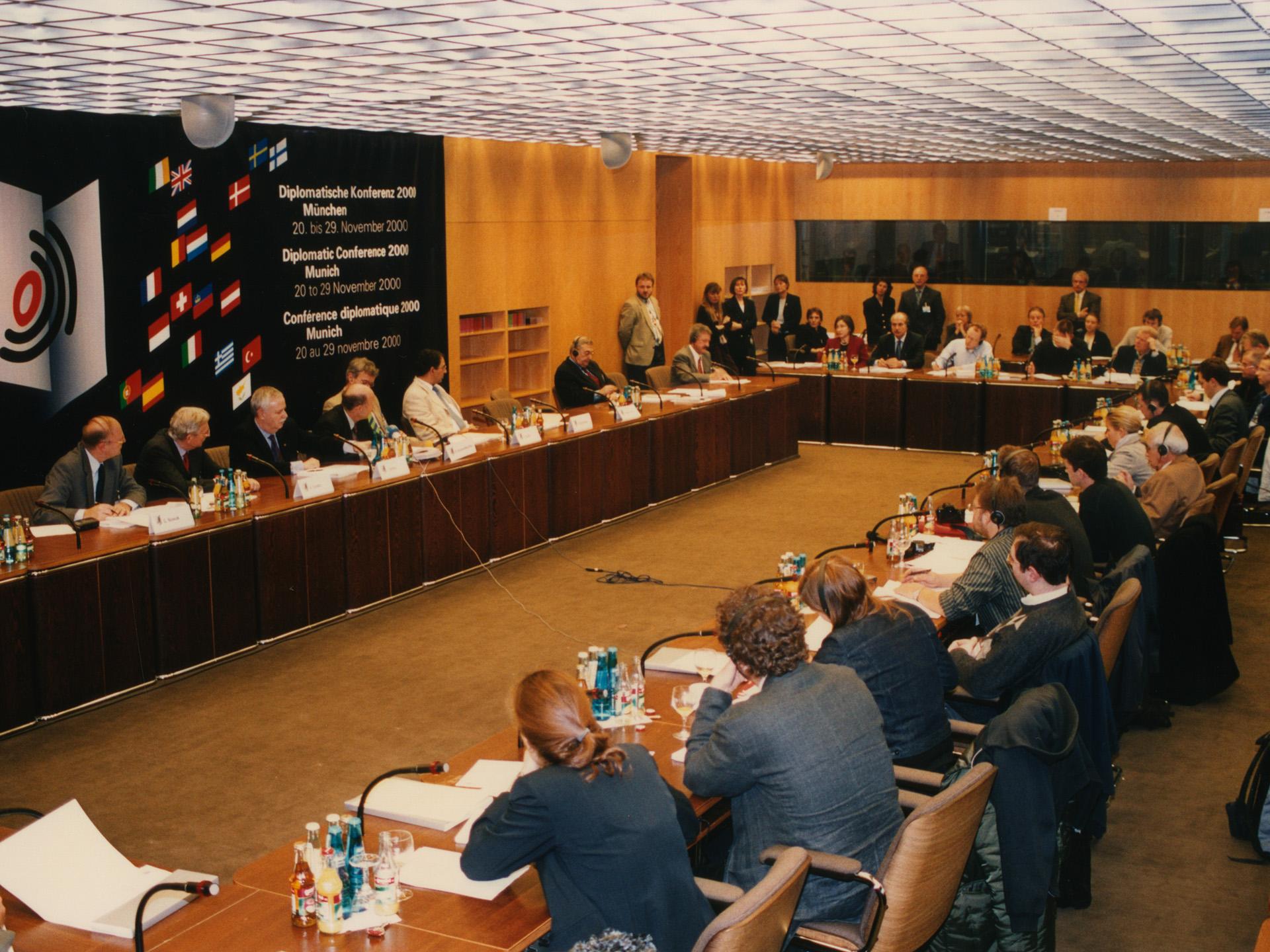
2000: Munich Diplomatic Conference adopts EPC revisions (EPC 2000)
The EPC's member states and states, along with the European Commission and 12 intergovernmental organisations, meet at a conference in November. They incorporate recent developments in international law into the EPC and add a new level of judicial review allowing patent applicants to challenge rejections due to procedural errors. Changes are also made to improve the legal position of patent applicants and proprietors by introducing a central limitation procedure which allows them to request limitation or revocation of their patents at any time.
Explore Travaux Préparatoires for EPC 2000
2000: London Agreement on reducing translation costs
EPO member states create an optional additional agreement to help reduce translation costs. Under the agreement, patent applicants from seven European countries with English, French or German as one of their official languages no longer have to translate their patents into other languages if applying for a patent in one of these seven countries. Other countries simplify translation requirements, by allowing some or all the necessary documents to be written in or translated into English.
2000: First patent applications filed online, online file inspection available
The new internet service comprises several independently-operating components and ensures that the majority of communications between the EPO, applicants and the general public can take place online. The EPO expects the online filing procedure along with a new printing agreement to result in annual savings of EUR 3.5 million in paper and publication costs. The number of online applications per year rises sharply from 750 filings in 2001 to over a quarter of all filings by 2006.
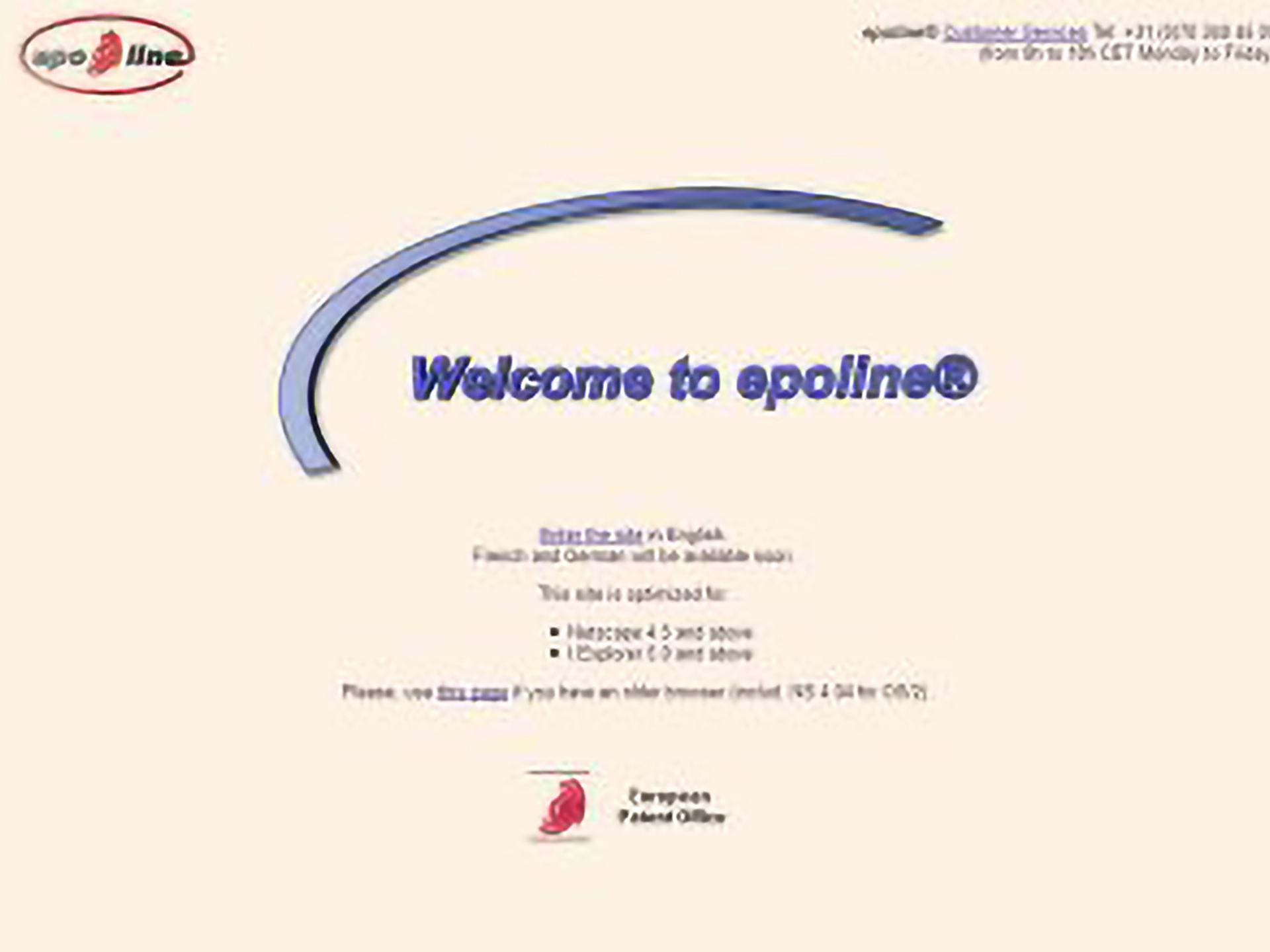
2002: BEST programme introduced Office-wide
At the end of 2002, about 2 0000 examiners are working under the new BEST system as it is introduced Office-wide. In less than two years, 90% of all EPO patent examiners conduct both the search and substantive examination portions for each of their dossiers. The programme is one of the most substantial changes implemented at the EPO and greatly increases application processing turnaround.
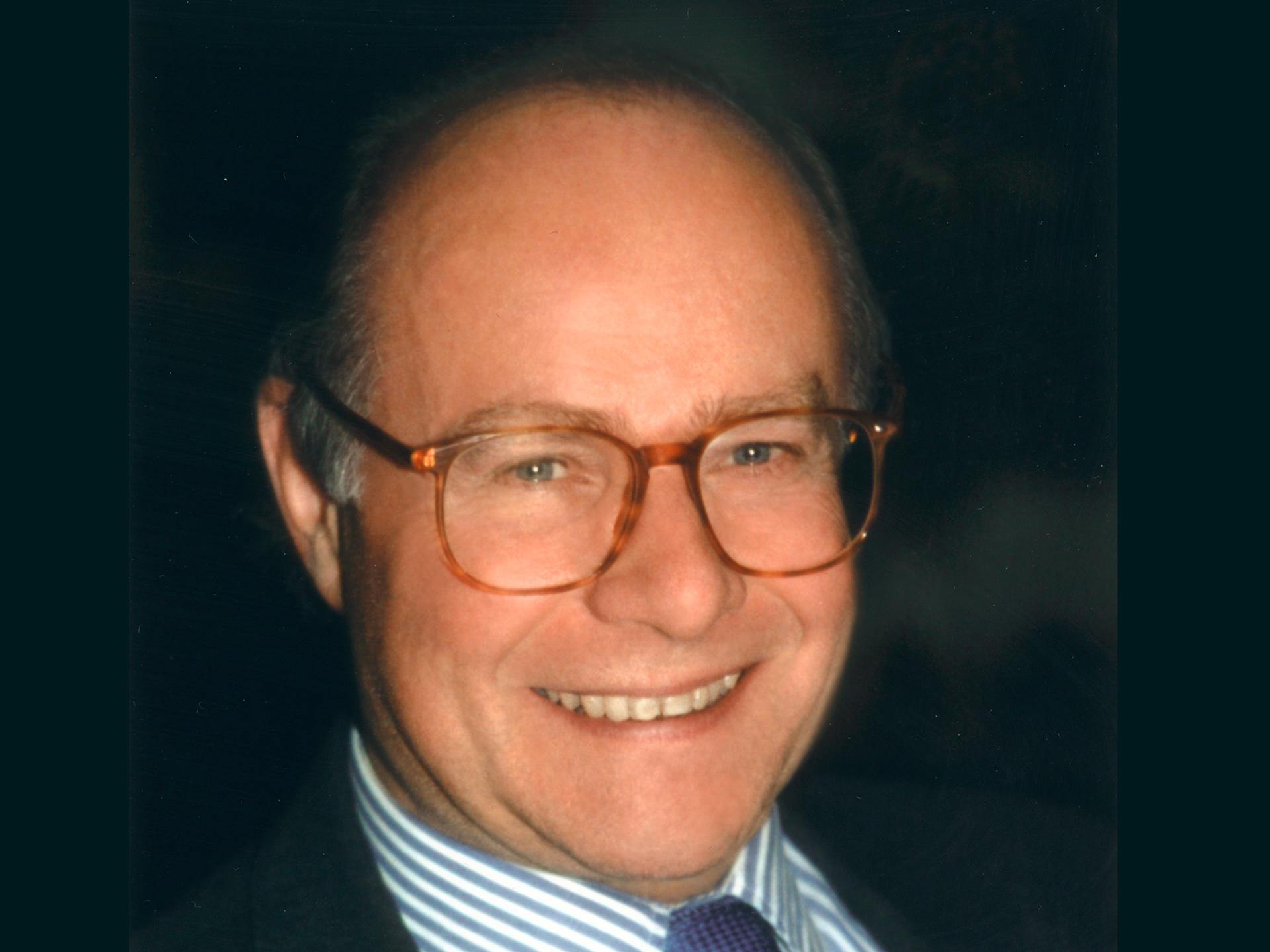
2004: Alain Pompidou takes over as EPO President
French academic and politician Alain Pompidou is elected as the EPO's fourth President. Pompidou had served as the vice-president of the Ethics Committee of the Human Genome Organisation (HUGO) and been a member of the European Parliament, where he dealt with issues concerning the legal protection of biotechnological inventions and bioethics. His leadership lends additional weight to the EPO's consistent application of European Parliament Directive 98/44/EC and the EPC treaty in determining the patentability of biotechnological inventions.
2004: European Patent Academy founded
The EPO establishes the European Patent Academy to educate and train a diverse audience, including patent professionals, judges, public servants, business managers and academics. During its first year, the Academy attracts some 3 000 participants to its courses. It later grows to include roving academic workshops for as many as one hundred universities, and in 2007 it commissions an e-learning system. Today, the Academy offers hundreds of seminars and training events to inform learners on the latest developments in the European patent system.
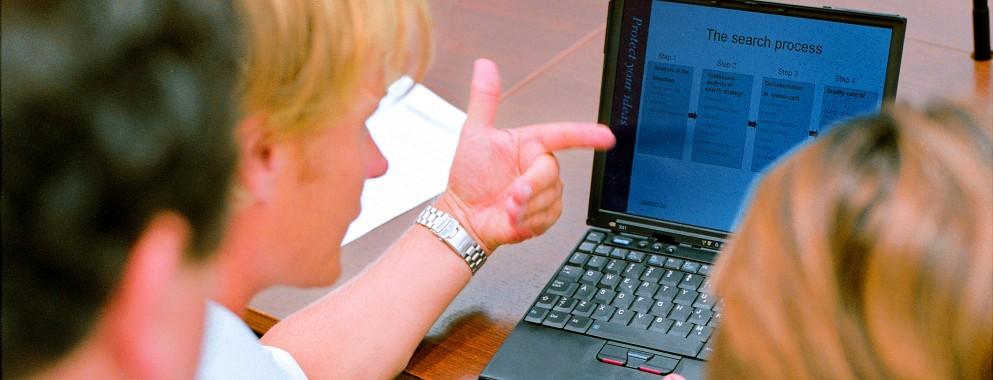
2004: EPO holds conference with patent system users
To help further streamline the patent system, the EPO holds three conferences with representatives from leading groups of patent system users: small business, industry and the finance sector. The conferences educate users on how the patent system works and help them identify the issues most important to them: reduction of patenting costs, the creation of a European patent judicial system and improved procedural transparency.
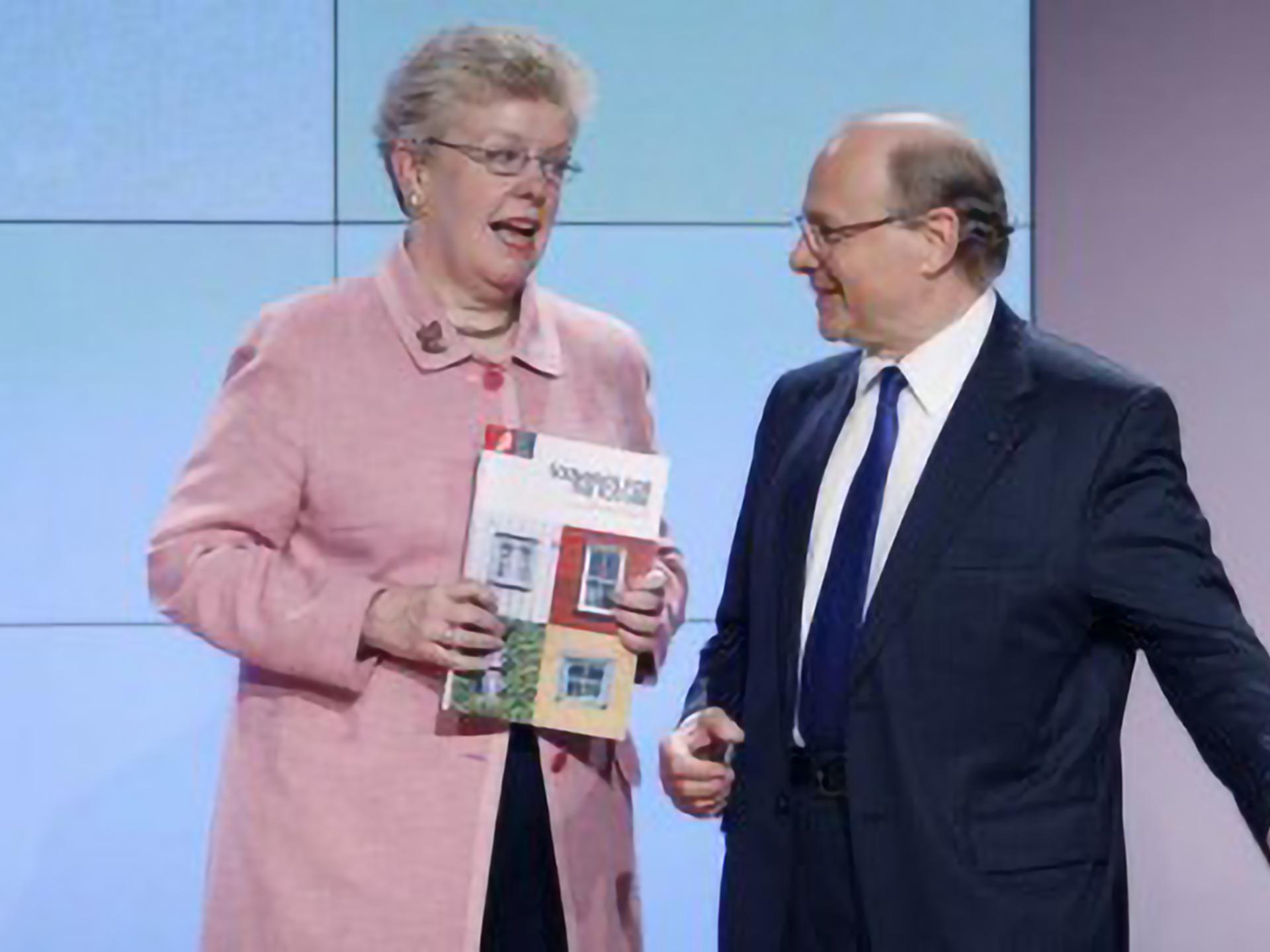
2005: Scenarios for the future study is launched
One of the first projects undertaken by EPO President Alain Pompidou - begun before he takes office - is an investigation of what the patent system might look like in 20 years. Through a series of interviews with patent system users, experts and critics in many countries, the study shows how the patent system is inextricably linked to social, economic, technological and global political trends.
2006: First annual European Inventor Awards presented in Brussels
A gala ceremony in Brussels honours top inventors whose creative ideas have had far-reaching effects on technological innovation and economic growth, and who have helped shape and improve our daily lives. The European Inventor Award ceremony, called the European Inventor of the Year award until 2010, attracts some of the world's brightest innovators along with decision-makers in business, government and the sciences. National presidents, EU politicians and royalty are among those who attend the event and present awards.
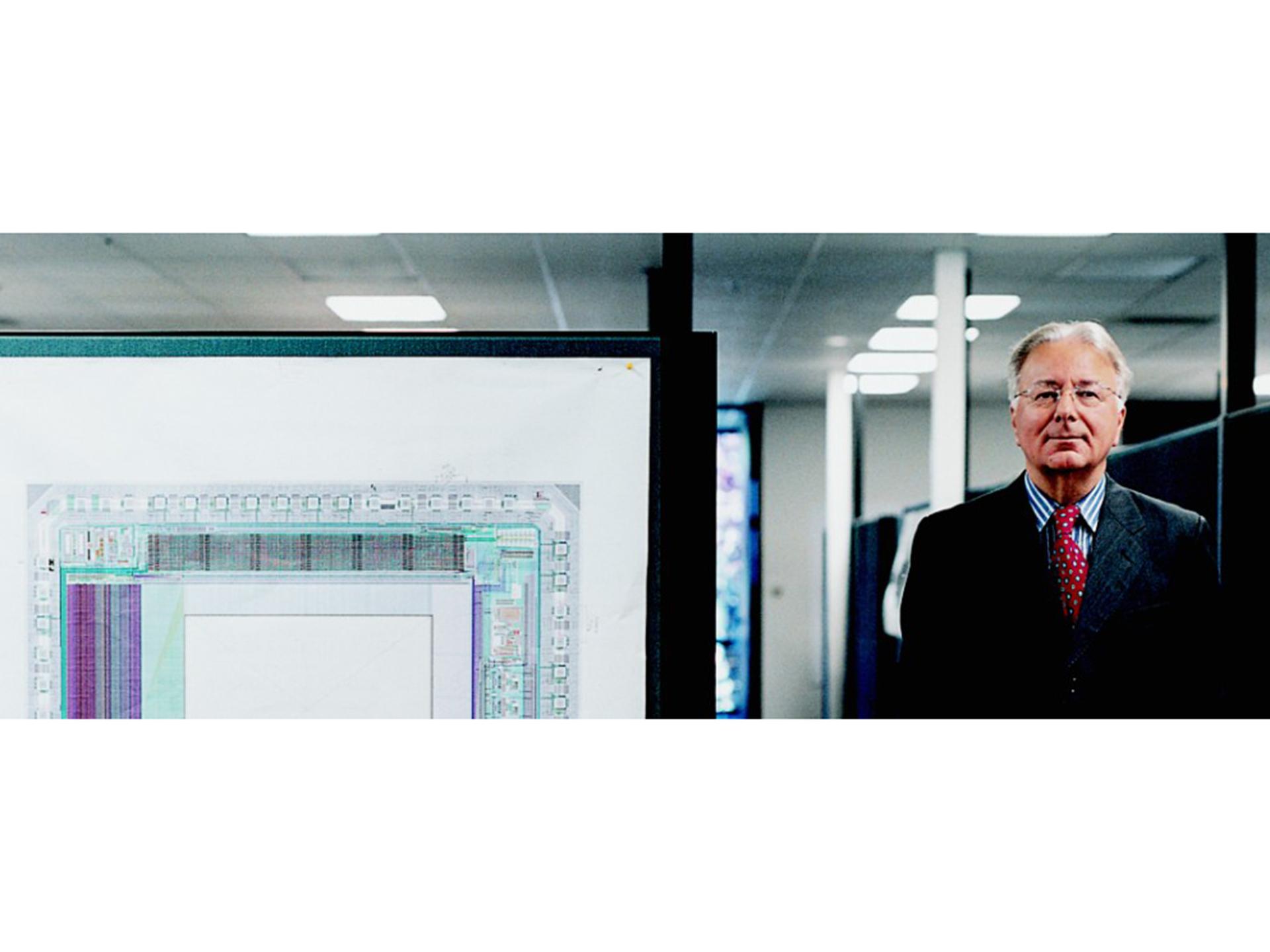
2006: Well over 8 000 successful EQE candidates to date
By passing the European qualifying examination (EQE), candidates are entitled to use the designation "European patent attorney" or "professional representative before the European Patent Office" and act in patent matters under the EPC. The exam, established in 1979, is one of the most difficult professional examinations in Europe and has a first-time success rate of only 30-40%.
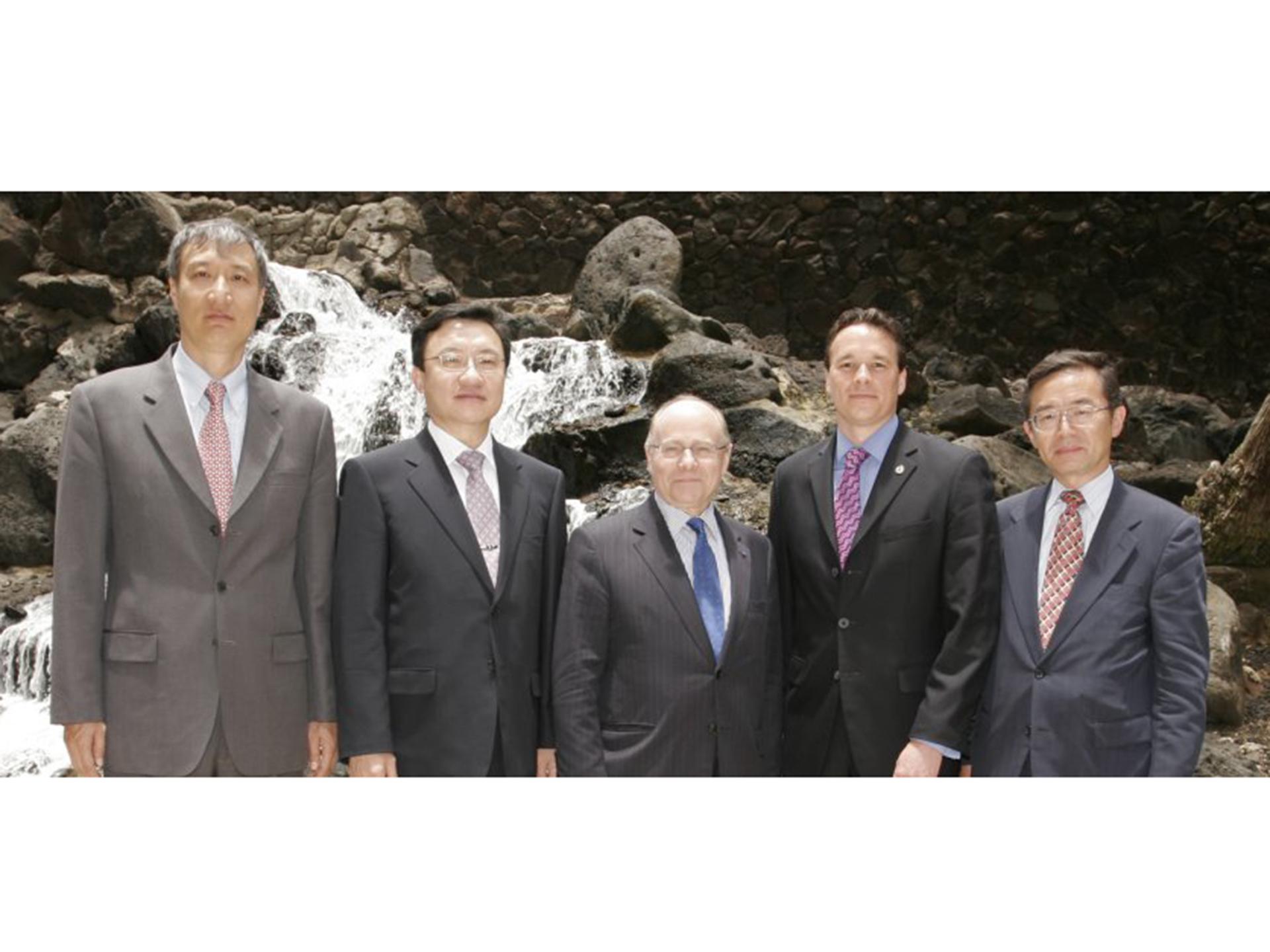
2007: IP5 co-operation launched with JPO, KIPO, SIPO and USPTO
The emergence of China and Korea on the global patent scene, along with a continuing rise in patent filings and corresponding workloads leads to the formation of the "IP5": the three Trilateral Offices (EPO, USPTO and JPO) plus the patent offices of the People's Republic of China (SIPO) and South Korea (KIPO). At a meeting in October, the group identifies 10 projects which can help to harmonise search and examination and standardise the information-sharing process. These projects remain cornerstones of the IP5.
2007: Alison Brimelow becomes EPO President
The former head of the UK Patent Office Alison Brimelow takes over as EPO President from Alain Pompidou, as part of a joint candidacy agreement that allows each of them a three-year term. Brimelow focusses the high quality of patents and applying more stringent criteria to guarantee that applications are drafted to meet EPC standards. During her tenure, IP5 co-operation develops further and a cap on the number of independent claims a patent can have is introduced, along with the option for applicants to ask for clarification on these claims before examination begins.
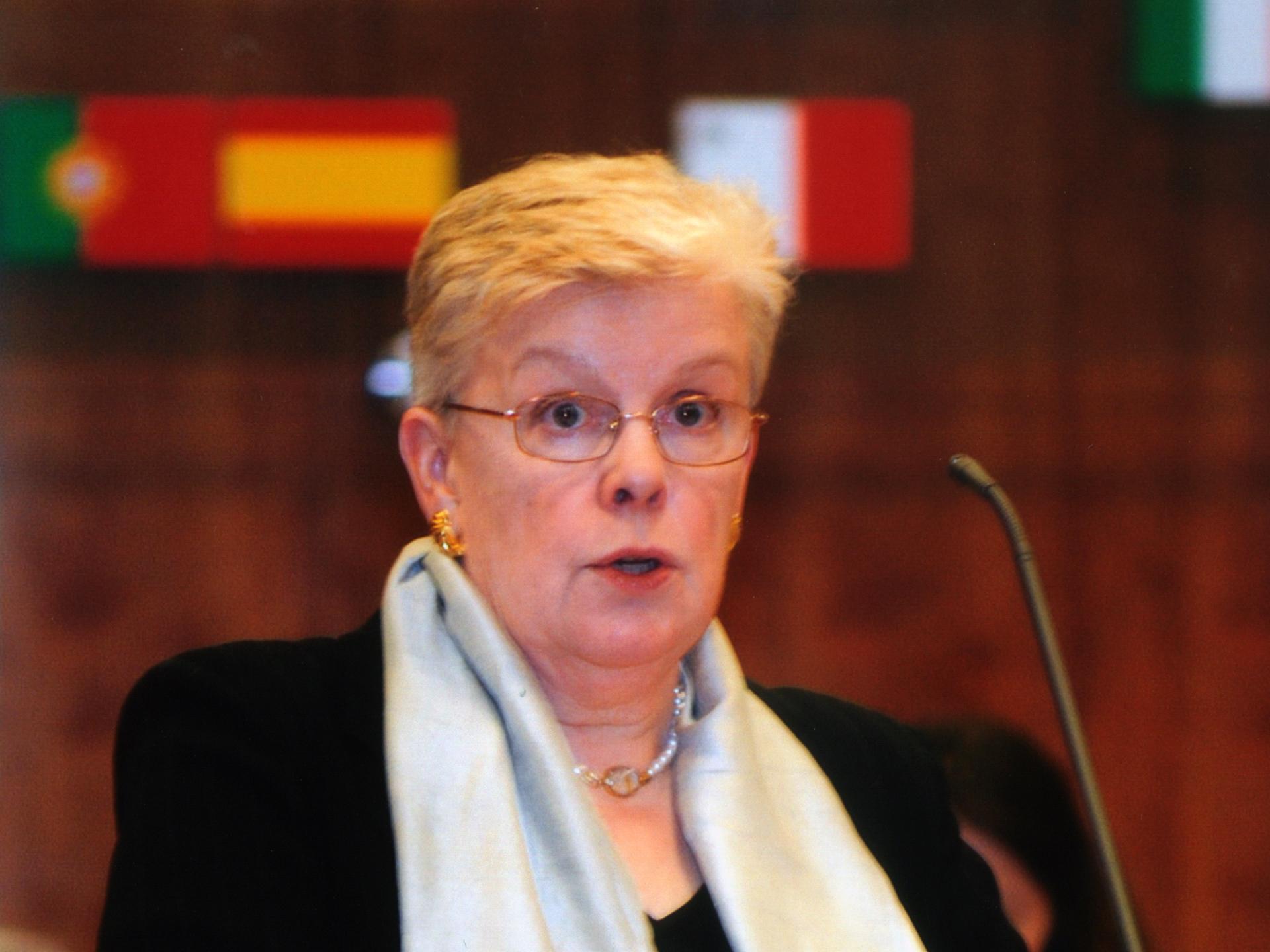
2007: EPC 2000 revisions enter into force
The changes to the original EPC treaty agreed at the Munich Diplomatic Conference in 2000 are officially adopted into the EPC and take effect.
2008: London Agreement takes effect
The optional London Agreement of 2000 on reducing translation requirements enters into force on 1 May. It is immediately applicable in 14 of the EPC contracting states, through either ratification or accession, and later in five additional countries.
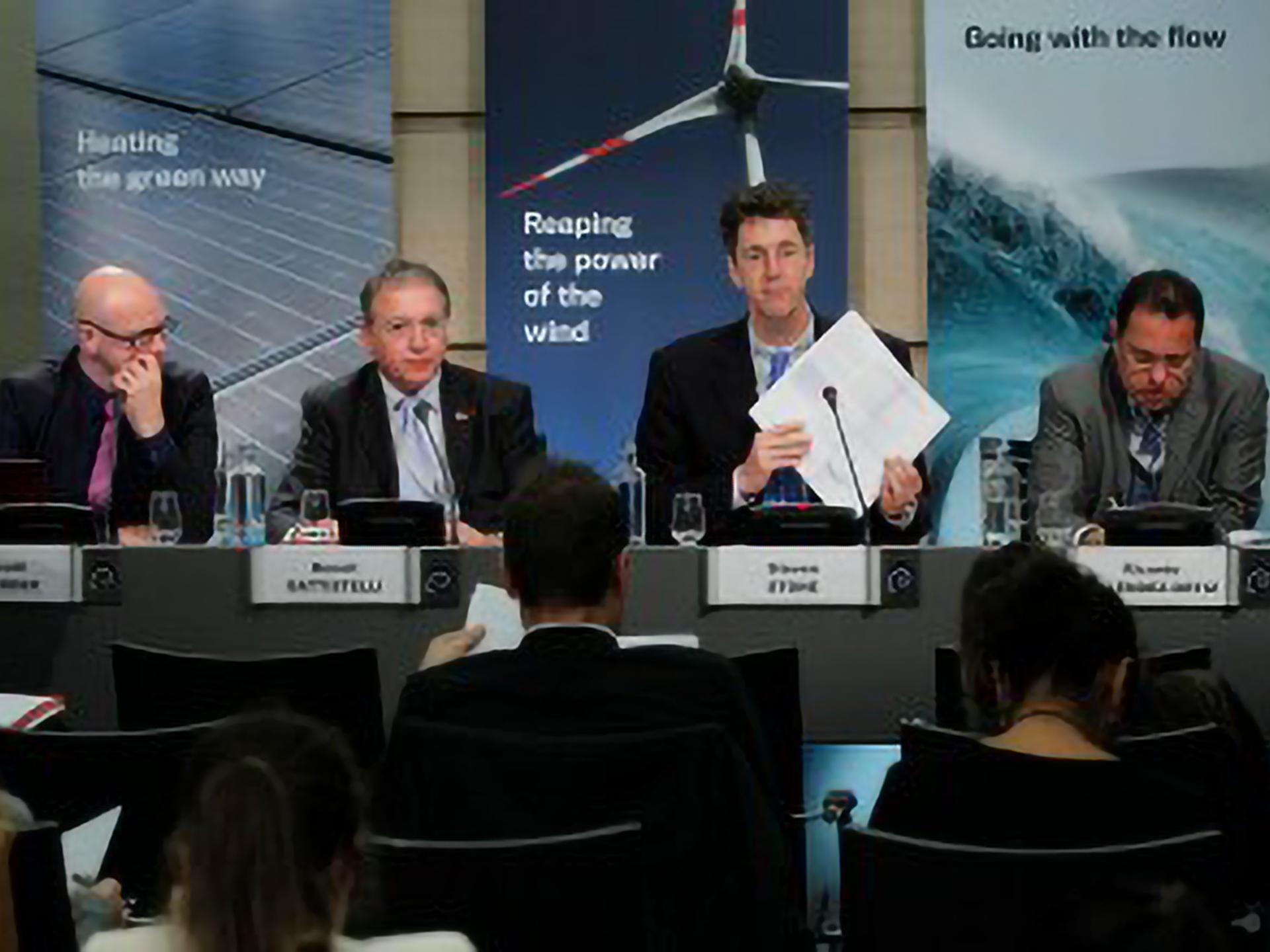
2009: Patents and Clean Energy study starts
The EPO, the United Nations Environment Programme (UNEP) and the International Centre for Trade and Sustainable Development (ICTSD) launch a joint study on the relationship between patents and the development and transfer of clean-energy technology. The study yields important insights that can help inform policy-making in support of climate-change mitigation technology. It also leads to the development of a new dedicated classification scheme for "green" patent documents, making it easier to locate documentation in the field.
Did you know?
Our archive of the Guidelines for examination (EPC) goes back to the year 2001.
Guidelines archive
Decade in review
2000: Turkey joins European Patent Organisation
2000: EPO publishes one millionth patent application
2002: Bulgaria, Estonia, Slovakia, Slovenia and Czech Republic join the European Patent Organisation
2003: Romania and Hungary join the European Patent Organisation
2004: EPO grants 300 000th patent
2004: Iceland, Lithuania and Poland join the European Patent Organisation
2005: Latvia joins the European Patent Organisation
2005: The EPO employs over 6 000 people
2005: Online filings constitute 23% of all applications
2006: EPO receives 200 000 applications
2008: Croatia and Norway join the European Patent Organisation
2009: Former Yugoslav Republic of Macedonia and San Marino join the European Patent Organisation